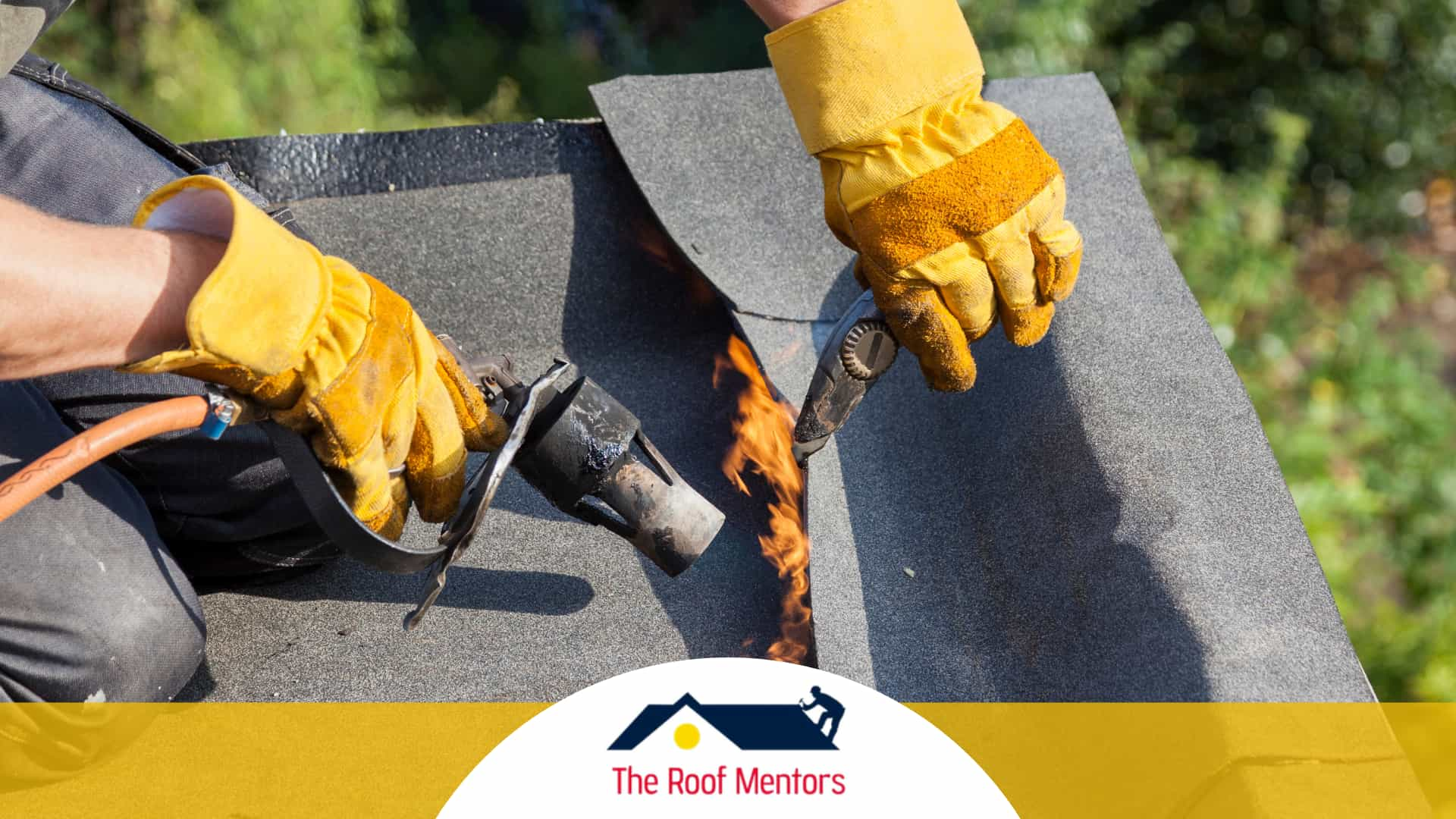When it comes to protecting your home, the roof plays a essential role in preserving its integrity and worth. Nonetheless, many homeowners may encounter challenges when it comes to handling their roof needs, especially when it comes to claims related to insurance. Grasping the nuances of roofing insurance claims can not only make the procedure easier but also guarantee that you are properly prepared when problems arise. top article intends to outline the steps necessary, from recognizing when it might be time for a replacement roof to navigating the complexities of coverage and claims.
In this comprehensive guide, we will cover important topics related to roofing, including the lifespan of different roofing materials last, common roofing problems and how to resolve them, and the importance of routine inspections for ensuring your roof's health. Whether you're considering a DIY repair or hiring a professional, knowing the factors that influence roof installation costs and lifespan will empower you to make wise decisions about your investment in roofing. Let's delve deeper into the world of roofing insurance claims and examine the best practices for ensuring your home remains safe and protected against risks.
Grasping Roof Durability and Material Choices
When considering a new roof for your home, a most essential aspects is the lifespan of the roofing materials. Different options come with different durabilities, which can dramatically affect both short-term and future costs. For example, asphalt shingles typically survive 15 to 30 years, while metal roofs can persist for up to 70 years or beyond with adequate maintenance. Understanding these variances helps homeowners select responsibly that fit their budget and environmental conditions.
Deciding on the best roofing material is not just about longevity; it also entails considering the aesthetics and functionality appropriate for your home. Factors such as climate, slope, and home design play a significant role in this decision. For instance, tile roofs are often favored in hot regions for their thermal benefits, while flat roofs might be more suitable for modern-style homes. Additionally, knowing the advantages and disadvantages of various materials, like cedar shake versus asphalt or metal, helps homeowners achieve a balance between durability and aesthetic value.
Beyond aesthetics and lifespan, the selection of roofing material can affect energy savings and maintenance requirements. http://rtistrees.com/members/templetax8/activity/3222307/ are becoming more common for their eco-friendly properties and energy-saving capabilities. Homeowners should also take into account the installation complexity and ongoing upkeep associated with different materials. By evaluating these factors, you can choose a roofing option that not only meets your immediate needs but also enhances the overall worth and coziness of your home.
Roofing Replacement: Phases and Factors

When evaluating a roof re-roofing, the first step is to evaluate the existing condition of your roof. Look for obvious signs that suggest the necessity for a new roof, such as warping or damaged shingles, significant leaks, or evidence of sagging. It's essential to determine if fixes can prolong the life of your roof or if a complete overhaul is the better choice. Frequent inspections can help you catch issues early, ensuring that you are aware of the key signs before the situation worsens.
Choosing the right material for your replacement roof is another vital aspect to consider. Options range from shingles made of asphalt to metal, ceramic, and green roofing choices, each with its unique benefits and lifespans. Think about your budget, weather conditions, and the design of your home when selecting materials. Discuss your choices with roofing professionals to understand the pros and cons of each kind, which will help you make an informed decision that aligns with your long-term plans.
The logistics of installation are also significant. You will need to think about the schedule of the project, especially in relation to climate factors. Be prepared for some disruption during the installation process and ensure you coordinate clearly with your selected roofing contractor about what to expect. Once the replacement roof is installed, remember to schedule regular maintenance and inspections to extend its lifespan and protect your investment.
Roof Maintenance and Damage Control Prevention
Regular roof care is essential for extending the life of your roof and avoiding costly fixes. Scheduling Kearney roofing contractors permits homeowners to spot potential issues promptly, such as broken or absent shingles, rusted flashing, or various wear and tear. It's advisable to have a professional inspect your roof a minimum of once a year and after severe weather events. This preventive approach allows you to tackle minor problems before they escalate into major repairs.
One of the key aspects of roof care is ensuring proper attic ventilation. Effective ventilation aids control temperature and moisture levels in your attic, significantly reducing the chances of ice dams and premature roof deterioration. Educating yourself on how to maintain an effective ventilation system can enhance your roof's lifespan and efficiency, while also helping to avoid mold growth and structural damage.
In furthermore, taking measures to avoid roof leakage is vital. Homeowners should remove debris from gutters and downspouts to aid water drainage and reduce the risk of clogs. Regularly trimming overhanging branches also aids avoid damage from falling limbs during storms. By being vigilant and aware, you can protect your investment and guarantee your roof stays in good condition for years to come.
